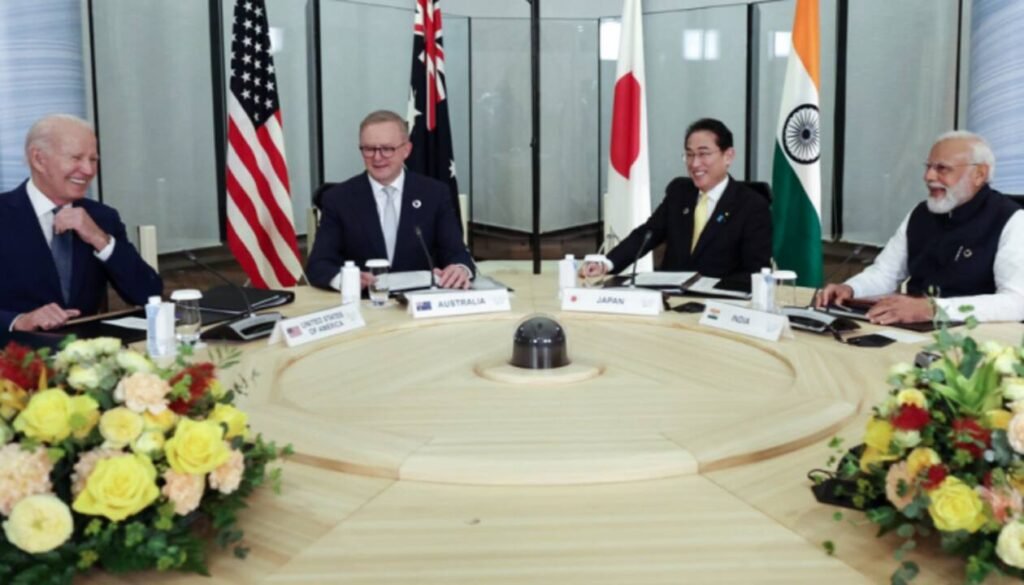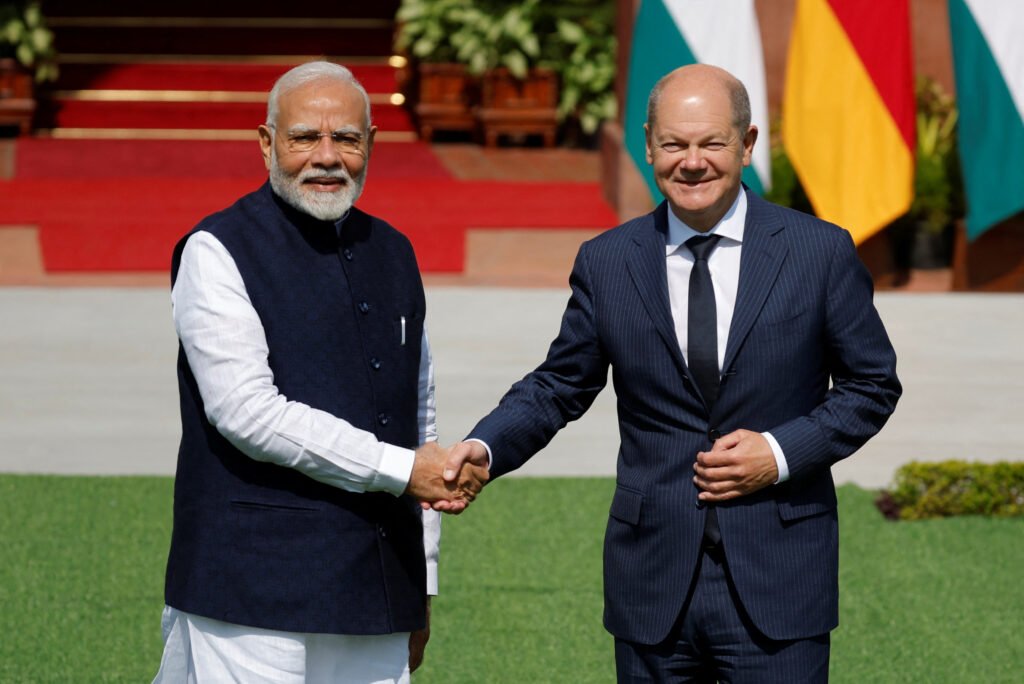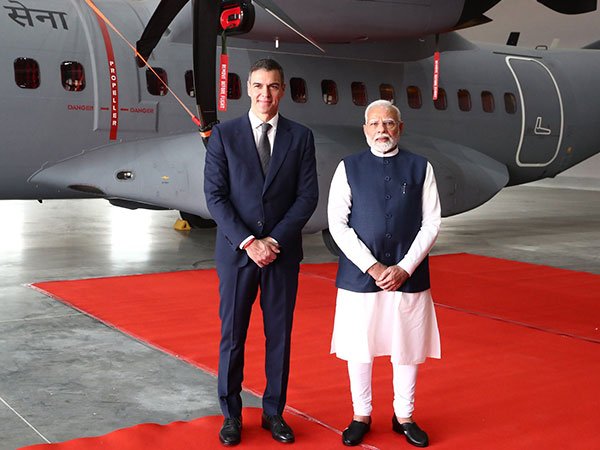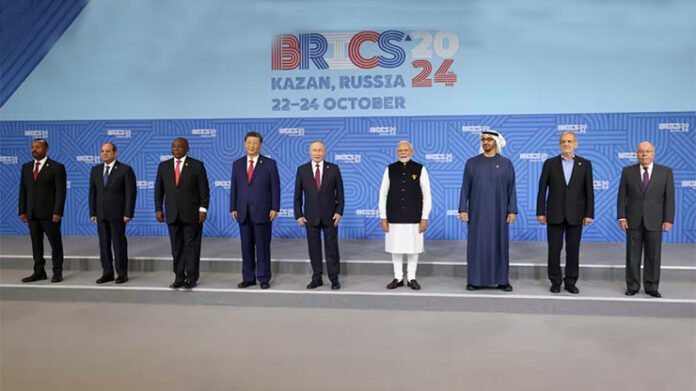Diplomacy is a craft. It not only requires imagination but also deft handling to carve out an exquisite portrait. In this context, the portrait in question is a negotiated solution that is best in the national interests of all parties concerned. Diplomacy opens up the route for new outcomes and solutions that appear to be otherwise difficult to attain between states or non-state actors. In this case, India is no exception.
Ancient India’s greatest diplomat and statesman, Kautilya, is known as the world’s earliest strategic thinker and realist. His treatise Arthashastra not only laid down the roadmap for India to practice statecraft since ancient times but also sharpened the diplomatic blades since the dawn of modern liberal democracy in India. He became a lodestar to the Indian and international diplomatic community over the centuries.
Keeping in touch with the Kautiliyan spirit, Indian diplomacy has gradually expanded its arc over multiple sectors and areas. Indian diplomacy’s growing arc signals how India is establishing a firm template for the countries of the global South, playing a more positive role in promoting humanism and advocating the cause of global commons.
Hence, it has become necessary to analyse the contours of this arc to get greater clarity about the aims and objectives of New Delhi in a rapidly changing world caught in the vicissitudes of changing human perceptions of their future.
India is the spiritual capital of the world, a land of diverse faiths, cultures, and languages, where people from around the world come seeking salvation. The country has a spiritual heritage of close to five thousand years, which teaches and advocates peace
Paragon of Peace
India is undoubtedly the spiritual capital of the world, a land of diverse faiths, cultures, and languages where the faithful from the length and breadth of the world come to seek salvation, Bharat has a spiritual heritage of close to five thousand years. If India’s spiritual heritage has taught something, it is to advocate peace & tranquillity always. Indian culture never judges individuals based on their orientation or personal disposition, it believes in debate and dissent, insisting that it is only through dialogue & discussion that one can attain the truth. This was beautifully articulated by the economist and philosopher Amartya Sen in his book The Argumentative Indian.
Keeping up with the spirit of promoting global peace and security, Indian diplomacy has always advocated the cause of dialogue and reconciliation to resolve conflicts. This has been demonstrated best in the ongoing worrisome conflicts – the Russia-Ukraine war in Eastern Europe and the Israel-Hamas war in the Middle East.
Prime Minister Narendra Modi has, in keeping with the Indic spirit of dialogue, urged Russia and Ukraine to stop the fighting and seek a resolution to the seemingly intractable conflict using diplomacy as soon as possible, insisting that this ‘is not an era of war’. In his meeting with Russian President Putin and Ukraine’s President Zelensky, he made it clear that India will help in whatever manner possible to resolve the conflict and restore the status quo to save precious lives.

The same message was relayed to the Israeli and Palestinian sides. While the Middle East conflict appears to be a bit tricky on the strategic front, India has managed to draw a firm line. Indian Foreign Minister Dr S Jaishankar declared empathically that India condemns the October 7 terror attack on Israel by Hamas. But India has also expressed concern over the increasing death and destruction wrought by the conflict on innocent Palestinians and sought diplomacy to resolve the conflict even as the fight against terrorism continues.
Economic Engagement
Trade and commerce constitute an important pillar of diplomacy. Indian trade diplomacy has established a new form of economic deal-making-trade diplomacy. As multilateral negotiations at the global level under the aegis of the World Trade Organization (WTO) remain stalled thanks to Western attempts to stifle legitimate concerns over the issue of subsidies and proper climate adaptation technology from the countries of the global North to that of the global South, India has decided to choose a new route – FTA or Free Trade Agreement route.
Over the last couple of years, India has inked FTAs with many countries. Prominent among them include Australia and the United Arab Emirates. One advantage of FTA-type trade diplomacy is that the parties concerned can negotiate freely without the problem of draconian WTO provisions hanging over their heads like Damocles’s sword. Both parties negotiate the best of terms via extensive engagements.
Keeping up with the Indic spirit of dialogue, Prime Minister Modi urged Russia and Ukraine to stop the fighting and seek a resolution to the seemingly intractable conflict using diplomacy as soon as possible, insisting that this ‘is not an era of war’
Another key merit of FTA diplomacy is that both parties end up in a win-win situation when it comes to issues such as zero tariffs, zero or minimum customs duties, avoidance of double taxation in the domestic jurisdiction of their respective countries, and access to the markets of the negotiating countries concerned.
Further negotiations are underway with the UK and European Union. Regarding the former, if it is successfully signed and enforced, it will mark the first time India will negotiate an FTA with a major Western country. Another key area of this FTA-style trade diplomacy is expanding engagement with other regions, especially with the Scandinavian countries. This is evident from the EFTA countries signing the Trade and Economic Partnership. Under this trade deal, four countries – Liechtenstein, Iceland, Norway and Switzerland – will invest $100 billion in India over the next 15 years in key sectors such as green energy, AI, semiconductor development, etc.
Security Frontier
A key area of Indian diplomacy has been boosting economic development and securitising Indian national interests. This is evident from India’s slowly emerging as a crucial player in the global security frontier. In fiscal year 2022-2023, Indian defence exports touched Rs 15,000 crore – the highest ever in any fiscal year.
India has emerged as an important security provider in the maritime domain, exemplified by the SAGAR or Security and Growth for All mission launched in 2015. The Indian Navy has strongly emphasised disaster management with a focus on humanitarian assistance, keeping in mind the changing dimensions of non-traditional security on the global front.

India expressed increasing concerns over China’s aggressive actions in the South China Sea, the East China Sea, and the Taiwan Straits and reiterated the need to maintain a “free and open Indo-Pacific”, in the recently concluded Quad summit held in the USA from September 21-24. The maritime security concerns of India reflect how India has shed some of the ossified perceptions of India’s strategic communities regarding the nature of the threat external actors pose. This is attributed to a perception of India’s yesteryear diplomats and strategic thinkers who assumed that the nature of threats to India was primarily land-based, not sea-based.
India’s security diplomacy now pays attention to this and also to the external and internal debate on national security. That is why India banned Chinese telecom companies from bidding in the 5G spectrum allocation auction on the grounds it would make New Delhi susceptible to Chinese hacking.
In the last couple of years, India has inked FTAs with many countries including Australia and the UAE. One advantage of FTA-type trade diplomacy is that the parties concerned can negotiate freely without worrying about the draconian WTO provisions
Pioneer in New Technology
Yuval Noah Harari in Sapiens – A Brief History of Humankind has written how key changes in technology, whether in the form of discovery or inventions have enabled humanity to move to the different stages in the evolutionary scale. Fast forward to 2024, we are witnessing what technologists and tech moguls have called the Industrial Revolution 4.0 or the post-material technology era.
The defining feature of this era is the emergence of game-changing technological innovations such as AI, blockchain, and virtual reality. Gauging the significance of such transformational technologies, Indian diplomacy has upgraded itself with the changing times.
This is evident from the Union government launching the National AI mission worth Rs 10,000 crore to bolster India’s computational capacity for producing artificial neural networks – the technology crucial to preparing newer and improved versions of AI-oriented entities. India’s Ministry of Electronics ministry under the able leadership of Ashwini Vaishnaw held the Global AI Summit in the Indian state of Telangana to showcase India’s growing abilities and capabilities in this crucial technological domain. The fact that AI constitutes an integral part of India’s technological domain is evident from the several agreements India has signed with the US in recent years.

Another key area of Indian technological diplomacy is focusing on semiconductors. Semiconductors are devices made of silicon and other rare earth minerals and are used in laptops, desktops, smartphones and many other equipment. It is the sine qua non for all electronic communication systems that exist today. Understanding the significance of maintaining a lead in semiconductor manufacturing, Indian diplomacy has made manufacturing, using transfer of technology provisions with foreign partners, an integral part of New Delhi’s diplomatic matrix.
The best example is the inking of an agreement between India and the US to establish a semiconductor fabrication plant, on the sidelines of the Quad summit in the USA. This agreement will allow the development of next-generation telecom systems, green energy and other platforms. Other key partners invested in this project include Australia and Japan.
Understanding the significance of maintaining a lead in semiconductor manufacturing, Indian diplomacy has made manufacturing, using transfer of technology provisions with foreign partners, an integral part of New Delhi’s diplomatic matrix
Change is the Future
In accordance with the Hegelian law of dialectics, change, especially in the realm of ideas is something that is permanent and immutable. Keeping that in mind, Indian diplomacy will continue to change and evolve given the changing contour of global politics and human nature.
What matters most is the fulfillment of the national interest of every Bharatiya. Indian diplomacy, therefore, will need to accommodate the interests of the increasingly aspirational youth who seek to elevate Bharat as the greatest power on Earth.
–The writer is currently working as a Research Associate at Defence Research and Studies (dras.in) and is a columnist. The views expressed are personal and do not necessarily reflect the views of Raksha Anirveda






